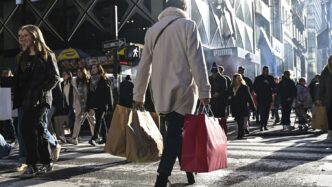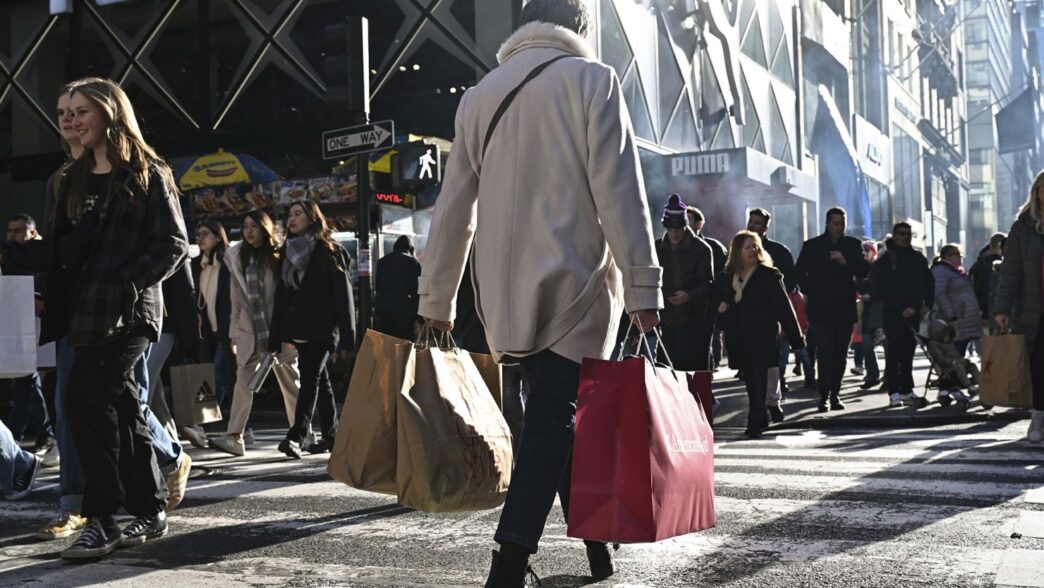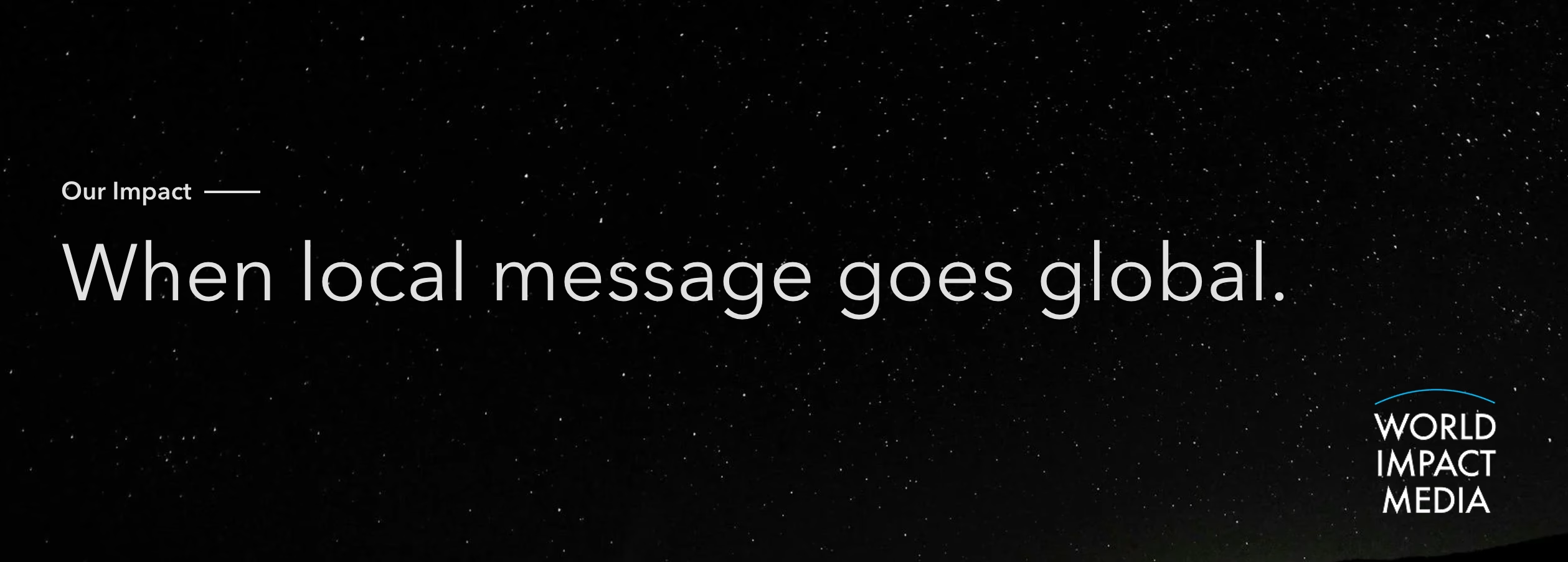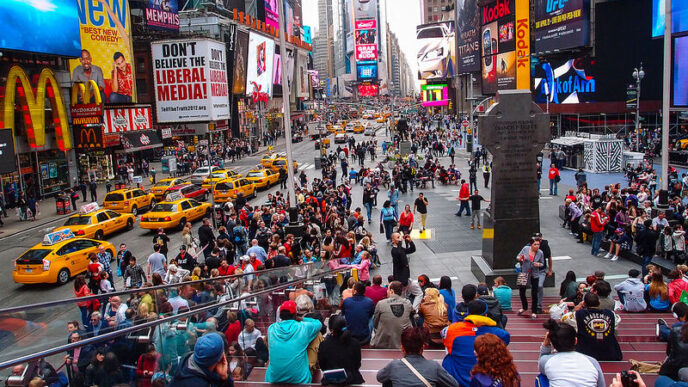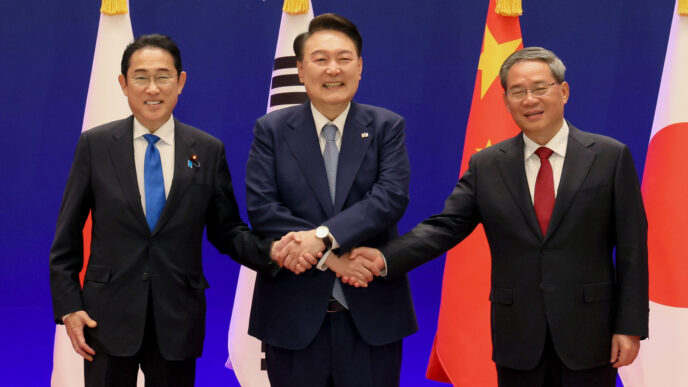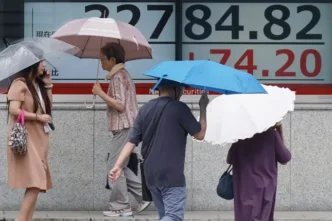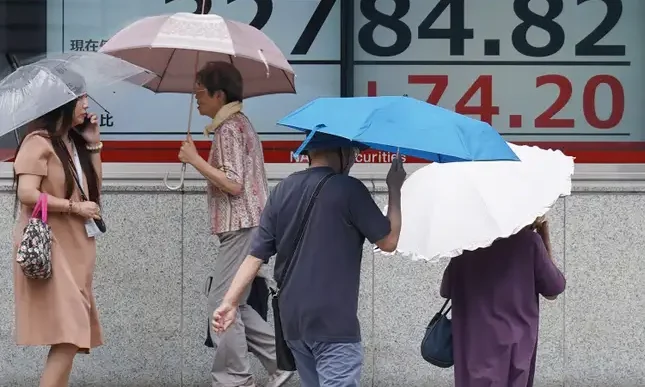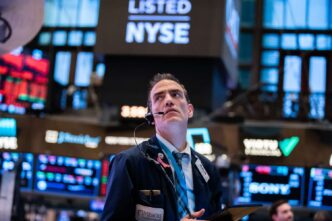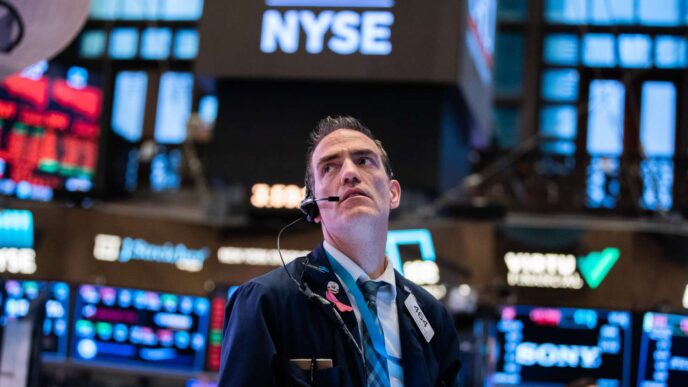The U.S. stock market has enjoyed a strong run in the past year, with corporate earnings, government spending, and rising productivity propelling the economy ahead of its global counterparts. However, growing concerns are emerging that this period of dominance could soon come to an end, as a troubling combination of slowing economic growth and persistently high inflation—characterized by stagflation—threatens to disrupt the country’s performance. This is a scenario that both policymakers and investors are keen to avoid, as the risks of a stagnating economy with rising prices loom large.
What Stagflation Means for the U.S. Economy in 2025
Stagflation is an economic anomaly where inflation and stagnation occur simultaneously, a rare event given that inflation typically falls during periods of economic slowdowns as demand weakens. When this happens, policymakers generally respond with fiscal and monetary measures to stimulate growth, such as interest rate cuts or increased government spending.
However, stagflation arises from a unique set of circumstances, often driven by supply-side shocks, inefficient trade policies, or poor government decisions. This leads to an environment where inflation rises while economic activity suffers. The last major instance of stagflation in the U.S. was in the 1970s, driven by oil shocks and poor policy responses that triggered both high inflation and weak economic growth.
Given the current economic landscape, many are beginning to worry that history could be repeating itself. Although inflation has fallen from its peak in 2022, it remains stubbornly above the Federal Reserve’s 2% target. Meanwhile, other indicators such as weakened consumer sentiment, slowing business activity, and softening labor market data point to an economy that may be cooling off, potentially laying the groundwork for stagflation.
Tariff Policy Fuels Inflation Concerns
One of the major contributors to the current inflationary pressures is the series of tariffs imposed by the U.S. government. As of February 2025, consumer expectations of inflation have risen to 3.1%, marking the highest level since mid-2024, according to the Federal Reserve Bank of New York’s Survey of Consumer Expectations. Investors in Treasury Inflation-Protected Securities (TIPS) have also adjusted their inflation expectations, pushing the two-year breakeven inflation rate to 3.27%, up from just 1.50% six months earlier.
The University of Michigan Consumer Sentiment Index paints an even grimmer picture. The latest report shows a sharp increase in short-term inflation expectations, with the one-year outlook rising to 4.9%, the highest since November 2022, and the five-year outlook climbing to 3.9%, marking the largest monthly increase since 1993. This spike in inflation expectations is largely attributed to the ongoing uncertainty surrounding the U.S.’s tariff policies.
A new wave of tariffs, including a 25% levy on steel and aluminum imports and an expansion of reciprocal tariff measures, is set to take effect in April. While these measures are designed to bolster domestic production, they are expected to raise costs for American businesses, which will likely pass these higher prices on to consumers, further exacerbating inflationary pressures.
Consumer Confidence Drops as Economic Outlook Weakens
As inflation persists, signs of economic slowdown are becoming more evident. The University of Michigan’s Consumer Sentiment Index dropped by 11% last month, reaching its lowest level since 2022. This sharp decline signals growing concerns among consumers about their financial stability. When consumer confidence falters, discretionary spending often contracts, which can have a negative impact on overall economic activity.
In response, businesses are adjusting their forecasts, as seen with Delta Air Lines, which recently revised its Q1 2025 earnings forecast downward due to reduced demand from both consumers and businesses.
Small businesses, once optimistic about pro-business policies following the national election, are also now expressing concerns. Many are struggling with rising costs and the uncertain policy environment, which has led to poor performance in small-cap stocks. As of March 27, 2025, the iShares Russell 2000 ETF is down 7.19% year-to-date, underperforming the broader S&P 500, which has fallen 2.95% over the same period.
Labor Market Slows Amidst Policy Uncertainty
Adding to the economic woes are signs that the labor market may be weakening. The Conference Board’s Employment Trends Index (ETI), which tracks hiring trends, has fallen to its lowest point since October. This drop reflects growing policy uncertainty and concerns over federal layoffs and disruptions in funding, which are expected to have a larger impact in the coming months.
As the effects of federal layoffs and potential job cuts by private businesses in response to new tariffs begin to take hold, consumer spending could be further restrained, reinforcing the stagflationary cycle.
The Federal Reserve Faces Tough Choices
The prospect of stagflation places the Federal Reserve in a difficult position. If inflation continues to rise, the Fed may need to tighten monetary policy, but this could worsen the economic slowdown by raising borrowing costs. On the other hand, easing policy too soon to stimulate growth could accelerate inflation, worsening the stagflationary environment.
The Fed has signaled its continued commitment to curbing inflation, but the rising tariff measures are complicating its strategy. In a recent meeting, Federal Reserve officials acknowledged the growing economic uncertainty, raising their inflation forecast while lowering their growth outlook.
“There is nothing more uncomfortable than a stagflationary environment, where both sides of the mandate start going wrong,” said Chicago Fed President Austan Goolsbee. “Higher tariffs raise prices and reduce output—that is a stagflationary impulse.”
Strategies for Investors in a Stagflationary Environment
The rising uncertainty and concerns over stagflation have led to increased volatility in financial markets. The S&P 500, which had been approaching record highs, has pulled back by 10% from its peak as investors weigh the risks of slowing growth against the uncertainties surrounding trade policy. The bond market is also showing signs of stress, with yields climbing as investors demand higher returns to compensate for rising inflation expectations.
In this environment, investors may need to rethink their strategies. Traditional stocks may struggle, while inflation-protected sectors such as commodities and infrastructure could provide more stability. Historically, hard assets like gold have performed well during stagflation, and its recent surge above $3,000 per ounce reflects growing concerns about the economic outlook.
Looking Ahead: Can Stagflation Be Avoided?
Although stagflation is not a foregone conclusion, avoiding it will require careful management from the U.S. government. A balanced approach to trade policy and targeted fiscal adjustments that preserve consumer demand could help mitigate some of the risks.
There is also a possibility that the U.S. could reach an agreement with the European Union to reduce tariffs and ease certain regulations, which could alleviate some of the inflationary pressures. Such concessions could help prevent the worst-case scenario of stagflation.
Ultimately, the effects of federal spending cuts, shifting trade policies, and a weakening consumer outlook will take time to unfold. While markets may be overreacting to the threat of stagflation, the risks remain, and policymakers may find themselves in a bind, trying to manage rising prices in a slowing economy. In such a scenario, both equities and bonds could experience further downside. The specter of stagflation remains a significant risk to economic stability—and financial markets are keenly aware of it.

